A French Napoleon III Second Empire Louis XV Revival style ormolu-mounted and sans-traverse double veneer inlaid bombe shaped grand Vase Stand
Ref#ST-373 | Description
A breathtaking French Napoleon III Second Empire Louis XV Revival style ormolu-mounted and sans-traverse double veneer inlaid bombe shaped grand Vase Stand;
The surmounting inset marble top fitted in a cornice adorned with ormolu foliage on each corner; above a sectioned bombe shaped curved body, the upper part is centered to each side with finely chiseled ormolu mounts of typical Empire style Egyptian female mask with an anthemion crown headdress issuing scrolling acanthus leaves flanked with pierced ormolu floral chutes to each corner elongated to second curved section of the body with ormolu chutes of winged human mask with pierced scrolled body and blossoming floral addendum extended with a hammered ormolu band to the lower part terminating with scrolling blossoming ormolu foliage and curved ormolu sabots ornamenting the cabriole robust legs;
The body center is embellished on each side top with ormolu winged eagle as a symbol for freedom, strength, power and high purpose issuing blossoming floral swaging garlands connected to ormolu scrolling acanthus volute Rinceau and reversed Fleur de Lis plus ormolu hammered encadrements terminates in curved scrolls and connected with central ormolu mounts of scrolling foliage.
Ref#ST-373
H:145 x W:43 x D:43cm
Napoleon III Second Empire Style | Louis XV Revival Style
The Napoleon III style | The Second Empire Style
The Napoleon III style, also known as the Second Empire style , is a highly eclectic style of architecture and decorative arts, which uses elements of many different historical styles, and also made innovative use of modern materials, such as iron frameworks and glass skylights. It flourished during the reign of Emperor Napoleon III in France (1852–1871) and had an important influence on architecture and decoration in the rest of Europe and North America. Major examples of the style include the Opéra Garnier (1862–1871) in Paris by Charles Garnier, the Bibliothèque nationale de France, the Church of Saint Augustine (1860–1871), and the Philadelphia City Hall (1871–1901). The architectural style was closely connected with Haussmann's renovation of Paris carried out during the Second Empire; the new buildings, such as the Opéra, were intended as the focal points of the new boulevards.
Comfort was the first priority of Second Empire furniture. Chairs were elaborately upholstered with fringes, tassels, and expensive fabrics. Tapestry work on furniture was very much in style. The structure of chairs and sofas was usually entirely hidden by the upholstery or ornamented with copper, shell, or other decorative elements. Novel and exotic new materials, such as bamboo, papier-mâché, and rattan, were used for the first time in European furniture, along with polychrome wood, and wood painted with black lacquer. The upholstered pouffe, or footstool, appeared, along with the angle sofa and unusual chairs for intimate conversations between two persons (Le confident) or three people (Le indiscret). The crapaud (or toad) armchair was low, with a thickly padded back and arms, and a fringe that hid the legs of the chair.
The French Renaissance and the Henry II style were popular influences on chests and cabinets, buffets and credences, which were massive and built like small cathedrals, decorated with columns, frontons, cartouches, mascarons, and carved angels and chimeras. They were usually constructed of walnut or oak, or sometimes of poirier stained to resemble ebony. Another popular influence was the Louis XVI style, or French neoclassicism, which was preferred by the Empress Eugénie. Her rooms at the Tuileries Palace and other Places were decorated in this style.

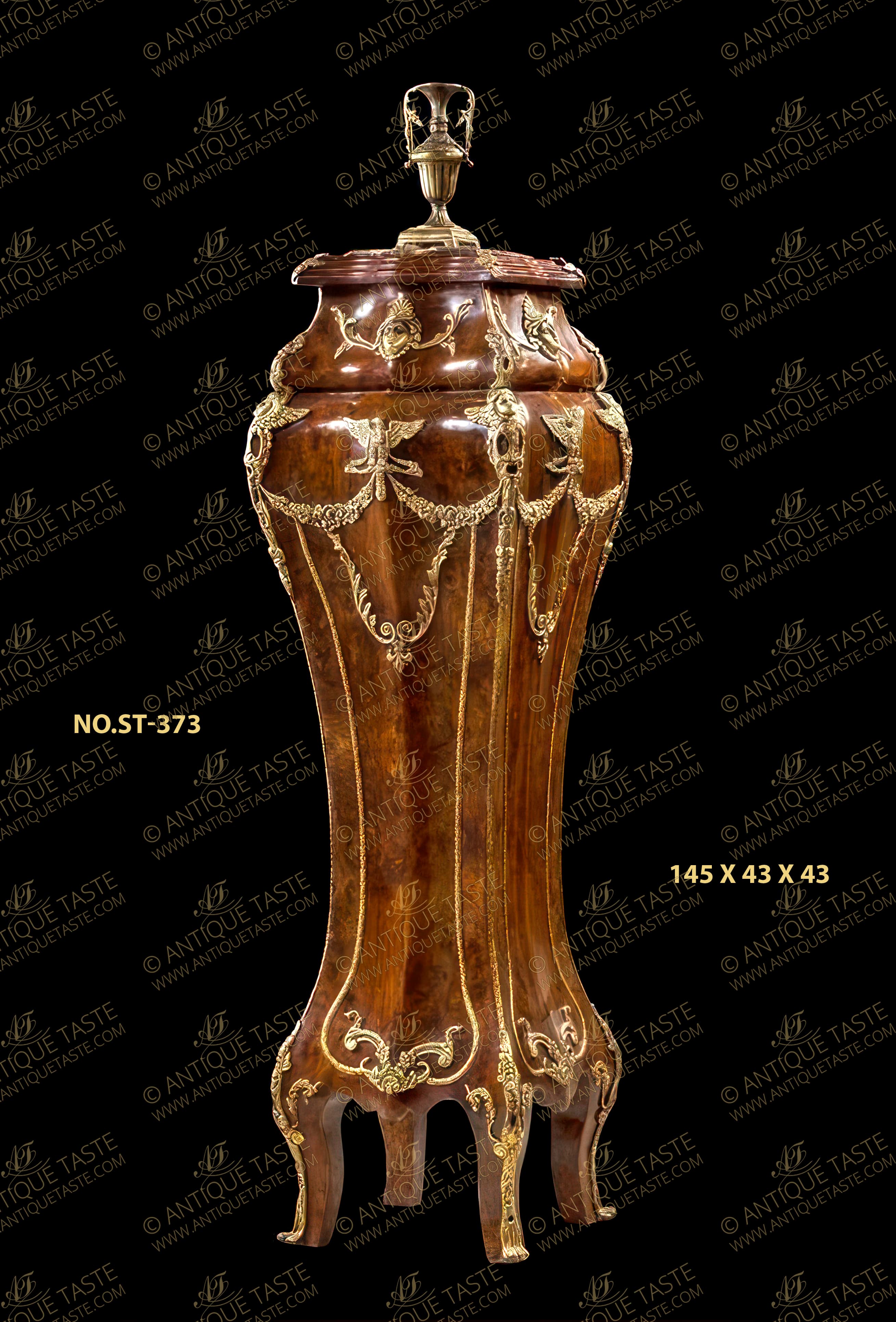
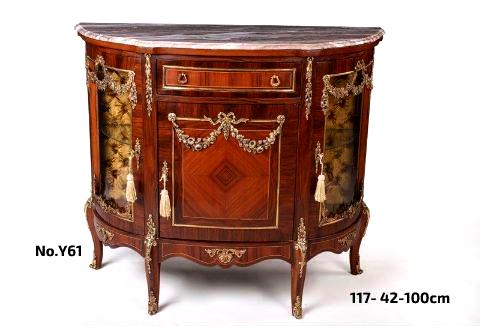
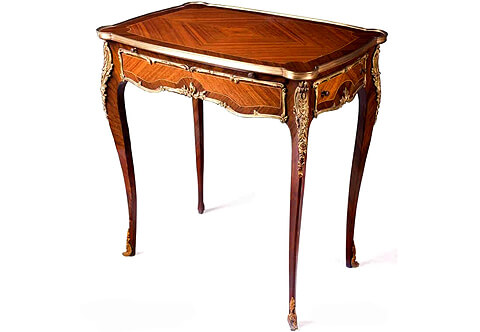
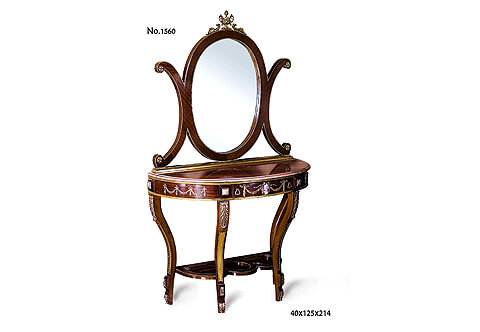
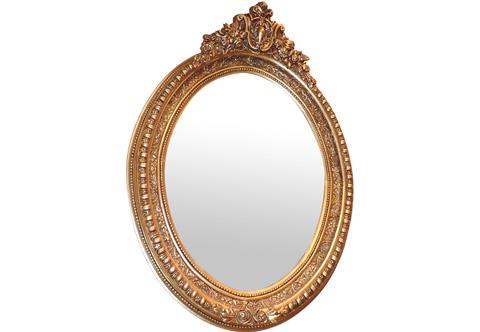
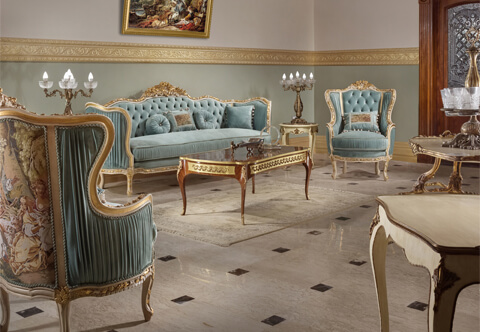
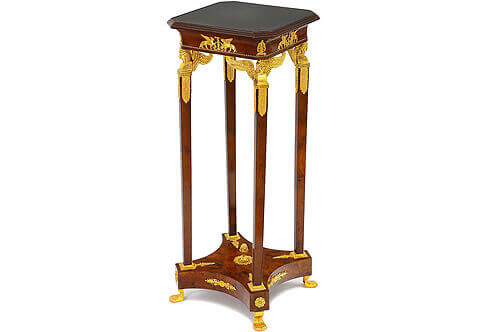
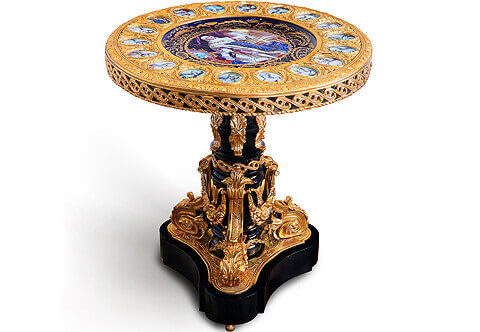
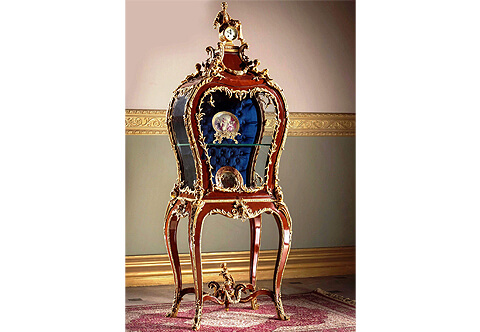
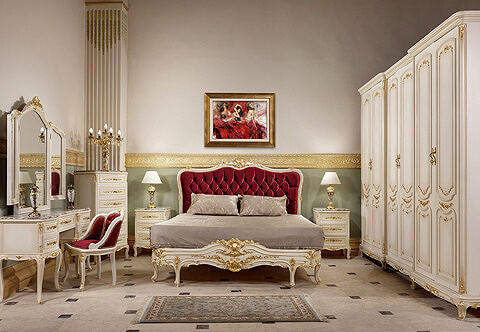
-s.jpg)